The Evolution of Modern Art Styles
Contemporary art is at a crossroads in the past 100 years, always responsive to societal, cultural and technological change. The history of modern art has seen hundreds of departures from conventionality transform art form from the late-19th century to the present. In this blog I would discuss the biggest art movements, how they influenced contemporary art.
The Birth of Modern Art
Traditional arts remained in the late 19th century held together by classical rules and form. Realism was the norm, artists worked on accurate representations of the world. But the Industrial Revolution, technological innovation and social change produced new designs to keep up with the changing times.
The first hints of this were in the Impressionist movement that had started in the 1860s in France. Artists such as Claude Monet, Edgar Degas and Pierre-Auguste Renoir defied the rules of realism. They were about the passing of time, the play of light and the emotions evoked by color and brushstroke rather than details. This departure from convention gave rise to the new movements of art that followed.
Expressionism: Living the Unconscious, in Love with Emotion.
After Impressionism, there was the Expressionist movement in the first half of the 20th century. It was artists who turned their attention to distortion in order to communicate feelings and anxiety. Expressionism had been dominated by the psychoanalysis of Sigmund Freud, and artists such as Edvard Munch (The Scream) sought out anxieties, terrors and existential crisis.
Such a style was not just about sentiment, but also about abandoning objectivity. Expressionist art was more about bold, over-stimulation and distorted geometry than physicality. Expressionism in this way turned away from the representation of the physical world and towards emotional abstraction.
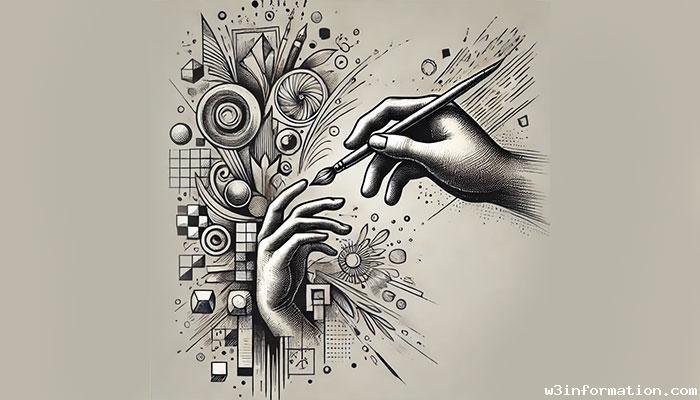
Cubism: Redefining Perspective
Another revolutionary approach was Cubism, which went against the established traditions of depicting space and form. Beginning with Pablo Picasso and Georges Braque in the early 1900s, Cubism cut things up into geometrical form and offered several views within the same painting. Instead of an attempt to re-create nature, Cubism tried to capture an object in as many different ways as possible, so that we might reconsider our way of perceiving the world.
It was a revolution in the artifice’s notion of space and structure. It had shaped much other art (architecture, sculpture, etc) and is still one of the most influential trends in contemporary art history.
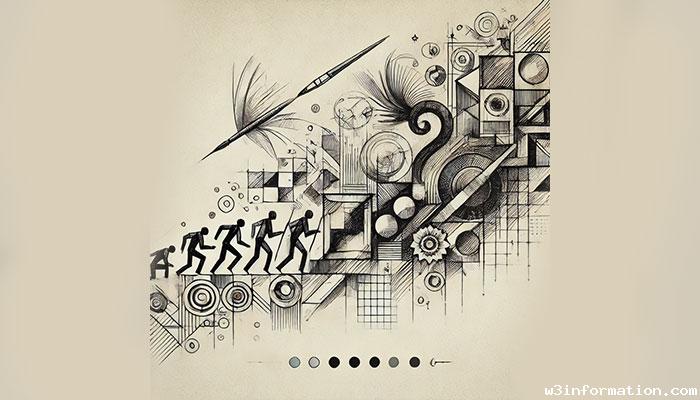
Surrealism: Exploring the Subconscious Mind
Surrealism started in the 1920s as a counterculture to the logic of reason. Motivated by Freudian psychoanalysis, surrealists such as Salvador Dal and René Magritte looked to the unconscious and dreamworld. There was a particular kind of strange, irrational or magical landscape in the surrealist paintings, in which everyday objects were placed in unfamiliar circumstances, that somehow spooked and unnerved us.
Surrealism would leave reason in its tracks and go with the unreason and the absurd. Such painters drew with techniques such as automatism (drawing without conscious effort) to access the subconscious. We see surrealism still at work in contemporary art, film and advertising.
Abstract Expressionism: An Approach to Improvisation?
Abstract Expressionism had sprung up in the US in the 1940s and ’50s with Jackson Pollock, Mark Rothko and Willem de Kooning. This movement was all about spontaneity, sentiment and painting with the hands. For Abstraction Expressionism was not about manipulated geometry or ordered composition as was the case with previous abstract movements. Artists wanted to express their interior world in wild, chaotic brushstrokes and intense colour.
A hallmark of Abstract Expressionism was the focus on making, not on delivering. Pollock’s drip paintings, for instance, were made by a vigorous and visceral activity of pouring and splashing paint. It was a style that was in turn non-formal and more intimately personal in relation to the medium.
Minimalism: Redecorating Art to the Minimum.
Contrary to the sentimentality of Abstract Expressionism, Minimalism was conceived in the late 1950s as a response against the inchoate subjectivity of contemporary art. Minimalist painters including Donald Judd, Frank Stella and Dan Flavin aimed to reduce art to its essence: only shape, colour and feel without sentimental or metaphorical content.
Minimalism was against the self-expression of the artist and placed a premium on the thing. It was a movement that wanted to make work that was non-relational, linear, geometric and centred on the physical properties of the medium. Minimalism was immensely popular in visual art and architecture, as a stark antithesis to the crammed, sentimental masterpieces that came before.
Pop Art: Crossing the Border Between the Extreme and the Extreme Low Culture.
Pop Art was the genre of the 1950s and ’60s that aimed to unite the highbrow culture of fine art with the cheap culture of consumption. Pop-art artists such as Andy Warhol, Roy Lichtenstein and Claes Oldenburg used reified images from advertisements, comic books and objects.
Pop Art tapped into post-Second World War consumerism and mass media. Warhol’s Campbell’s Soup Cans or Lichtenstein’s strip-esque paintings made fine art and commercial art illusory, one or the other. And that’s also the turn towards an art that was less costly, of which popular culture was one of the biggest movers.
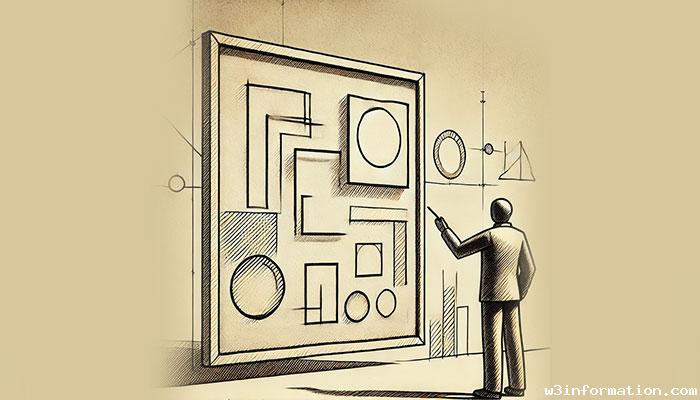
Conceptual Art: Ideas Over Objects
Then there was Conceptual Art in the 1960s and ’70s, in which art was no longer about the object, but about the idea. Object-painters such as Sol LeWitt and Joseph Kosuth saw the idea or idea as the most valuable part of the artwork, with the body second.
This was a movement that challenged what art might even be and prioritised intellectual rather than aesthetic satisfaction. Conceptual Art was sometimes even realised as art in the absence of anything physical (such as LeWitt’s instructions for painting). Conceptual Art prepared the way for new and unconventional kinds of art such as installations and performance.
Modern Art: A New Intersection of Fashions?
Contemporary Art is a mix of all the styles of the past. No more are artists stuck to a particular movement or set of rules. Modern art is multi-faceted, evolving and often very focused on innovation, society and the world.
There are so many modern artists who blend ancient art-making with digital media, video and installations, pushing the boundaries of art. Social, political and technological issues return and the world of art is still influenced by culture, politics and technology.
Conclusion
Modern art has remained characterized by radical stylistic, formological and epistemological transformations. Each art movement – from Impressionism to the kaleidoscope of contemporary painting – has contributed to making art mirror modernity. Through feeling, the abstract or popular culture, contemporary art is still redefining and challenging what art is. We are moving into the future, and this quest for new media and new technologies will probably be the way art lives for a long time to come.
 Mobile Security: Tips to Keep Your Phone Safe
Mobile Security: Tips to Keep Your Phone Safe
 Top Mobile Apps for Productivity
Top Mobile Apps for Productivity
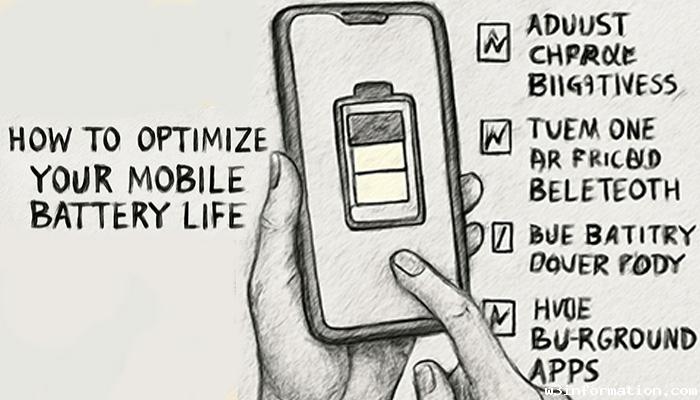 How to Optimize Your Mobile Battery Life
How to Optimize Your Mobile Battery Life
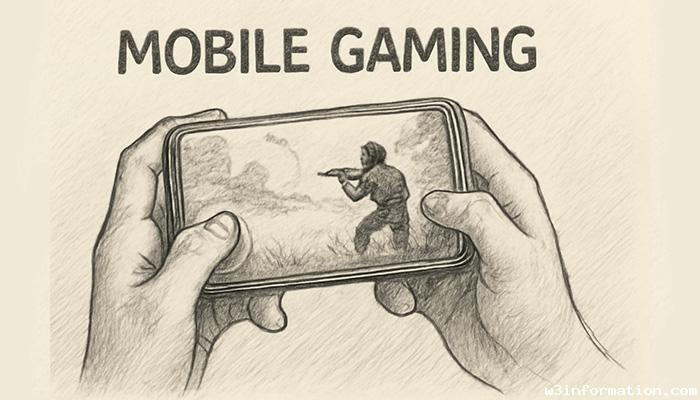 Mobile Gaming: The Best Games in 2025
Mobile Gaming: The Best Games in 2025
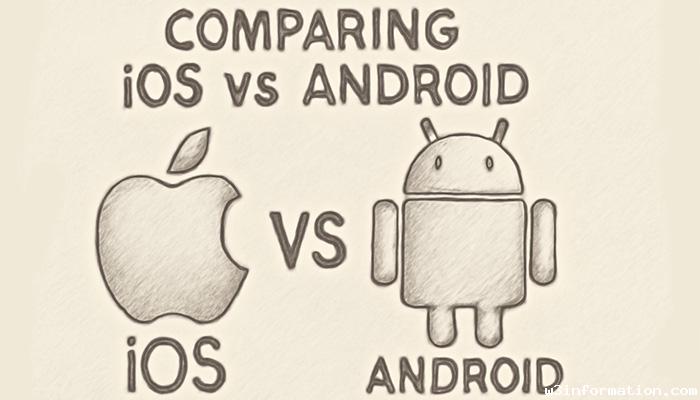 Comparing iOS vs Android
Comparing iOS vs Android
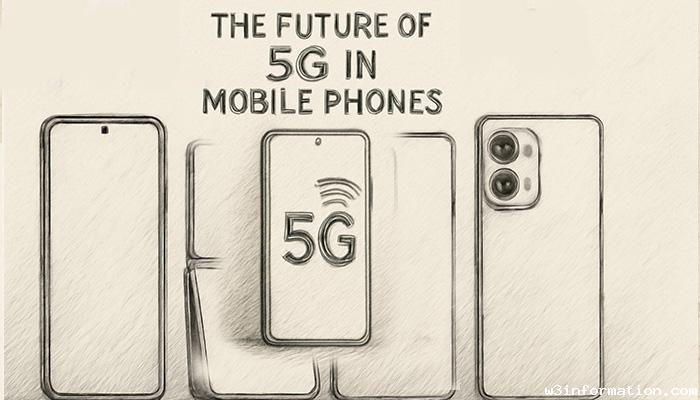 The Future of 5G in Mobile Phones
The Future of 5G in Mobile Phones